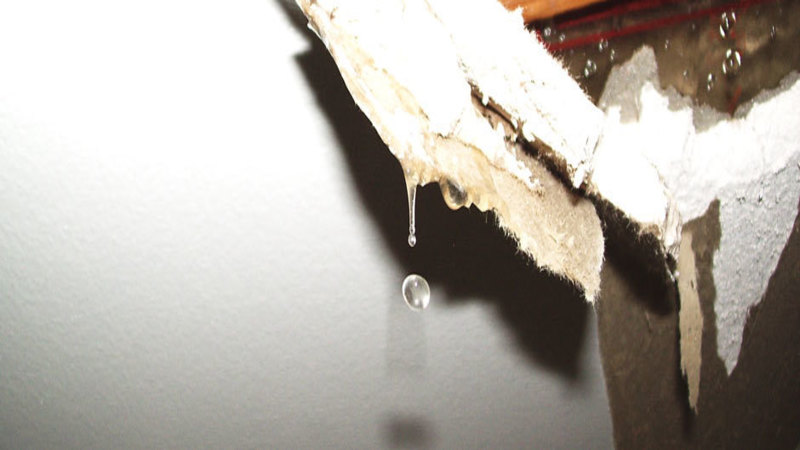Most crawl space encapsulation jobs do just fine with insulation, vapor barrier, and a sump pump for when the water table rises, or there’s local flooding. However, in highly humid environments, condensation can form and lead to standing water that the vapor barrier and sump pump might not be able to handle. This is when you need to install and Aprilaire crawl space dehumidifier.
How Humid is Too Humid?
Humidity is a crucial component – and arguably the most vital component – to mold and fungal growth. According to the EPA, 60% relative humidity is considered high humidity and is enough to start and sustain mold. Moreover, humidity can have multiple components such as weeks, condensation, high water tables, high atmospheric moisture, and other sources.
While humidity in the crawlspace can vary from season to season, and even from day-to-day, 50% humidity should be of enough concern to purchase and install a dehumidifier.
How Big a Dehumidifier Do I Need?
The size of your dehumidifier will depend on how large the crawlspace is, and how much humidity you’re dealing with. According to Consumer Reports, a small dehumidifier is rated to remove 30 to 35 pints of moisture in a 24 hours. Large humidifiers can remove as much as 70 pints per day. Dehumidifiers can be configured to drain into a sump pump, rain barrel, or even a water tank. While you may place your Aprilaire crawl space dehumidifier in the crawlspace, certain models can actually dehumidifier your entire home moving is much as 95 pints of moisture in 24 hours.
Talk to Local Professionals
When you have a crawl space problem, you may also have issues with drainage, water table, mold and rot, and other issues. It pays to get a professional assessment that covers every possible problem that could arise before you encapsulate your crawl space. Talk to the pros and get the knowledge you need to move forward.
